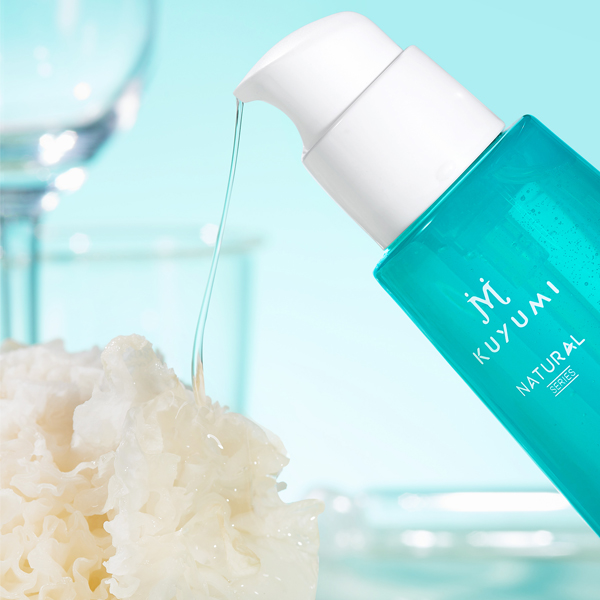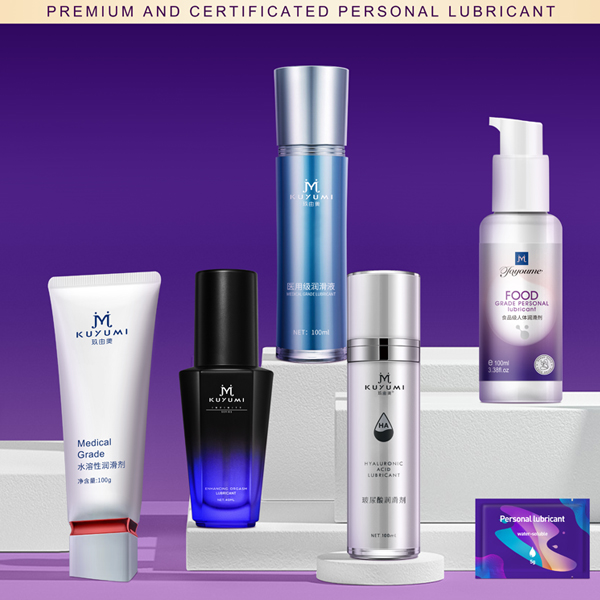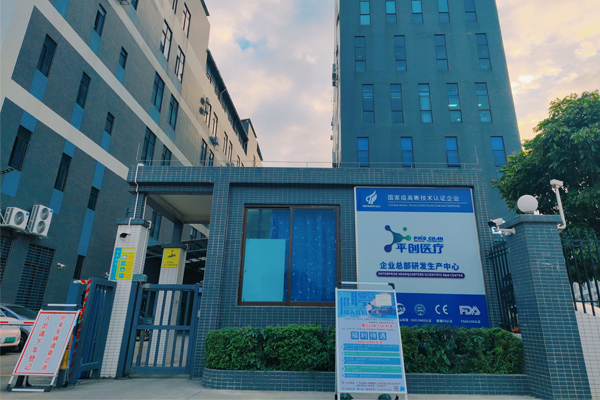In professional medical environments, lubricating jelly has long surpassed the mere enhancement of comfort; it plays an indispensable role in various examinations, treatments, and nursing operations. Its performance and safety directly relate to medical quality and patient well-being.

Given the specificity of medical scenarios, customized development of lubricating jelly meeting Class II medical device standards has become a clear "essential demand." Behind this demand is the ultimate pursuit of the product in multiple dimensions.
1.Ultimate Requirements for Safety and Biocompatibility:
Medical lubricating jelly directly contacts patients' mucous membranes, cavities, or even damaged tissues, making its safety a primary consideration. It must use high-purity, low-allergenicity, non-irritating medical-grade raw materials and pass strict biocompatibility tests (such as cytotoxicity, skin sensitization, vaginal mucosal irritation, etc.) to ensure no adverse reactions. The pH value should match the physiological environment of the specific site to avoid disrupting normal physiological barriers.
2.Urgent Need for Sterility Assurance and Infection Prevention:
In many invasive or semi-invasive medical procedures (such as endoscopic examinations, catheter insertions, gynecological surgeries, etc.), sterility is key to preventing cross-infection and iatrogenic infections. Therefore, medical lubricating jelly often needs to be sterile. This requires production in high-level cleanrooms, use of reliable sterilization processes, and sterile barrier packaging systems to ensure the product's sterility before use. Single-dose sterile packaging is favored for its convenience and safety.

3.Specific Functionality and Operational Adaptability:
Different medical scenarios have differentiated needs for lubricant performance:
Long-lasting lubrication: For time-consuming operations, lubricants need to provide durable lubricating effects.
Clear vision: In visualized examinations like endoscopy, lubricants must not interfere with the field of vision, remaining transparent and not producing bubbles.
Conductivity: Some electrophysiological examinations or treatments (e.g., hysteroscopic electrosurgery) require conductive lubricants.
Device compatibility: Lubricants must not corrode or damage medical devices (e.g., metal, rubber, plastic parts).
Drug carrier: In some cases, lubricants may need to act as carriers for local anesthetics or other drugs.

4.Strict Regulatory Compliance and Quality Traceability:
As Class II medical devices, their R&D, production, and sales must strictly comply with relevant national laws and regulations, obtaining "Medical Device Registration Certificates" and "Medical Device Production Licenses." Manufacturing enterprises must establish and effectively operate quality management systems like ISO 13485, ensuring every stage from raw materials to finished products is quality-controlled and fully traceable.
Pingchuang Medical not only holds a Class II medical device registration certificate for medical lubricants and ISO 13485 certification but can also, relying on its Class 100,000 cleanroom and GMP production standards, customize professional lubricants such as sterile and long-lasting types to meet specific medical needs. Pingchuang Medical adheres to quality with 21 inspection steps, ensuring products are safe and effective, meeting essential medical demands.